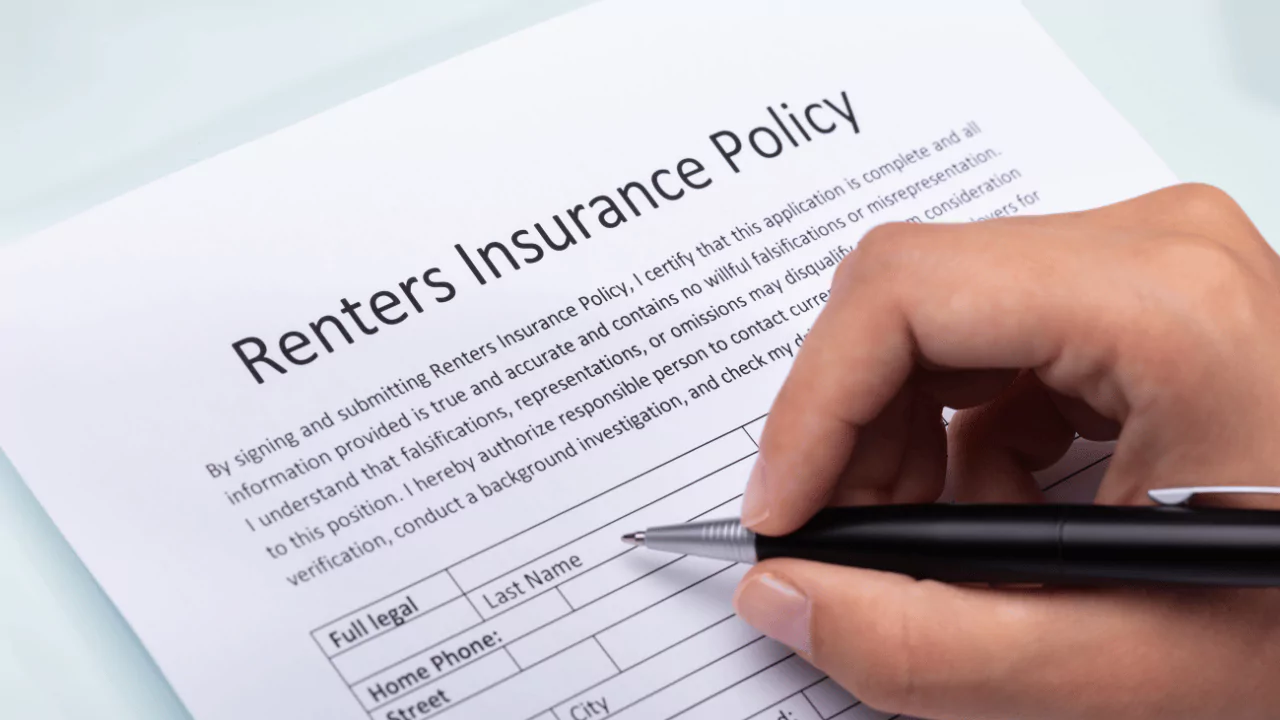Renters insurance typically does not cover damage to the structure of the rented house caused by a tree falling on it. The responsibility for repairing the home’s structure generally falls under the landlord’s property insurance policy. However, renters insurance may cover damage to the renter’s personal belongings inside the home due to the incident.
Coverage Provided by Renter’s Insurance
Renters insurance typically consists of three main types of coverage: personal property coverage, liability coverage, and additional living expenses.
- Personal property coverage pays for the repair or replacement of your belongings, such as furniture, clothing, electronics, and appliances, if they are damaged or destroyed by a covered peril. A covered peril is a specific cause of loss, such as fire, windstorm, hail, lightning, or falling objects. A fallen tree is usually considered a falling object, so personal property coverage can apply if a tree falls on your house and damages your belongings.
- Liability coverage pays for the legal expenses and damages if you are sued by someone who is injured or whose property is damaged because of your negligence. For example, if a tree on your property falls on your neighbor’s house and injures them or damages their property, you could be held liable for the costs. Liability coverage can protect you from paying out of pocket for these expenses.
- Additional living expenses pay for the extra costs you incur if you have to temporarily move out of your house because it is uninhabitable due to a covered peril. For example, if a tree falls on your house and makes it unsafe to live in, additional living expenses can cover the cost of a hotel, food, transportation, and other necessities until your house is repaired or you find a new place to live.
When Does Renter’s Insurance Cover a Fallen Tree?
Renters insurance can cover a fallen tree in the following scenarios:
- If the tree is on your property and falls on your house due to a covered peril, such as windstorm, hail, lightning, or weight of snow or ice. In this case, your personal property coverage can pay for the damage to your belongings, and your additional living expenses can pay for the cost of living elsewhere until your house is fixed.
- If the tree damages your personal property, regardless of where the tree is located. For example, if a tree from a nearby park falls on your car or bike, your personal property coverage can pay for the repair or replacement of your vehicle, as long as the tree fell due to a covered peril.
- If the tree causes additional living expenses, regardless of where the tree is located. For example, if a tree from a neighboring property falls on your house and makes it uninhabitable, your additional living expenses can pay for the cost of living elsewhere until your house is fixed, as long as the tree fell due to a covered peril.
When Does Renter’s Insurance Not Cover a Fallen Tree?
Renters insurance does not cover a fallen tree in the following scenarios:
- If the tree is on a neighboring property and falls on your house due to the negligence of the property owner. In this case, your renters insurance will not pay for the damage to your house or belongings, as it is not your responsibility. Instead, you should file a claim with the property owner’s insurance company, or sue them if they do not have insurance or refuse to pay.
- If the tree falls without causing any damage to your house or belongings. For example, if a tree falls on your lawn or driveway, but does not damage anything, your renters insurance will not pay for the removal of the tree, as it is not a covered loss. You will have to pay for the removal yourself or ask the property owner to do so if the tree is not yours.
- If the tree damage exceeds your coverage limits. Renters insurance policies have limits on how much they will pay for each type of coverage. For example, if your personal property coverage limit is $25,000, but the tree damage costs $30,000, your renters insurance will only pay up to $25,000, and you will have to pay the remaining $5,000 yourself. Therefore, it is important to choose a coverage limit that reflects the value of your belongings and the potential cost of repairs or replacements.





